

Star Illustrator for 'the Sphere'
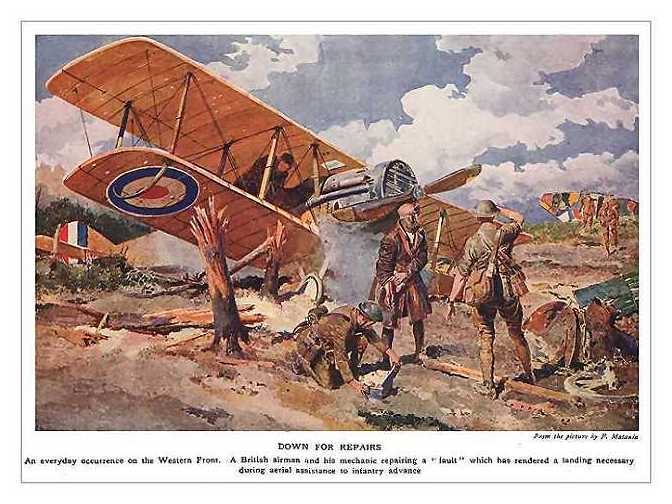
Note the color camouflaging on the tank in the upper right.
Fortunino Matania (1881 - 1963) was Italian by birth. After training in his father's workshop he illustrated his first book at the age of 14 and later worked as illustrator for newsmagazines worldwide. One of the most accomplished realistic illustrators and artists of his time, his wartime work was immensely popular and appeared in nearly every major newsmagazine, Allied, neutral and Central Powers alike. After and during the war, his work adorned many a history book as well.
During the war he mainly worked for the British magazine 'the Sphere' as their star illustrator, usually producing one full page illustration or more per weekly issue, often for the opening cover page. These illustrations were sold to other magazines and publications worldwide. Literally tens of millions of readers saw war time events through the medium of Matania's weekly illustrations and as such he played an important role in defining people's mental image of what Great War battlefield scenes and soldiers looked like. He was also employed by the British government and commissioned by individual British regiments. He visited the front several times which allowed him to view wartime conditions at first hand and talk with soldiers about their experiences. From sketches and memory he could then finish a painting, often in a few days time. At other times, when his illustrations depicted specific news events he would receive information, photographs or rough sketches and descriptions from on-the-scene reporters or eye-witness reports. Drawing on personal experience and technique as well as on information from archive photographs or prints he would then set to work composing and finishing the required illustration. Rich in detail and carefully composed, his stirring paintings often depicted heroic or romantic scenes. In our present day and age they appear at times to be overly sentimental if not somewhat theatrically posed. However, Matania seems to have been in accord with the prevailing mood and tastes of the times, when exaggerated gestures and explicitly heroic, if sometimes improbable seeming deeds and actions were greatly admired. And on a practicl level, Matania had to tell or illustrate a story in one single scene. This too meant using stock poses and physical stances, often borrowed from the performing arts, so that viewers could readily grasp the underlying emotions and assumptions being shown.
Matania might best be described as a photographer who used paint and brush. Indeed his illustrations are so realistically executed that at first sight they can be mistaken for photographs, which is probably the reason why his works were so immensely popular at the time : they could show what no photographer ever could, namely scenes of action and battle, replete with danger, stirring and heroically romantic events which cannot be captured on film, partly because his illustrations are distillations and compilations of many separate instances and events, but yet somehow true and recognizable nonetheless.
Quite often Matania's illustrations were published as two page spreads in newsmagazines. Publication of his work in 'the Sphere' was always of the best quality but due to limitations in contemporary technology, and because of the cost, color printing was not always feasible, so most of Matania's Great War work is now known to us in grey tone or sepia, sometimes even rendered into highly constrasting black and white engravings in other less expensive magazines (*see example). In a way that is a shame, since his war-time paintings could be very colorful. Several color reproductions can be seen in this collection, all others are in sepia or grey-tone as they appeared in magazines at the time.
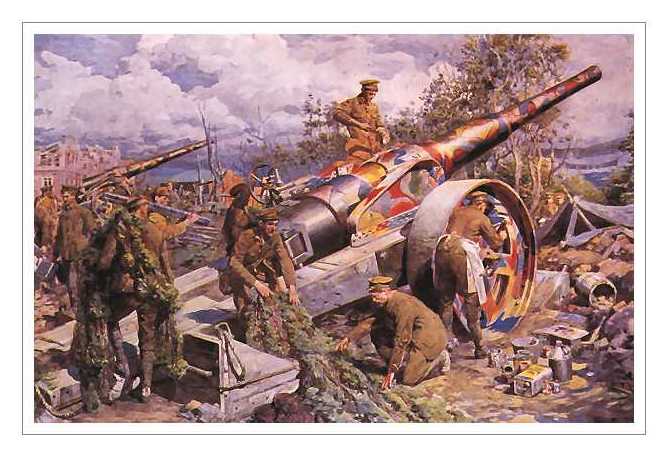
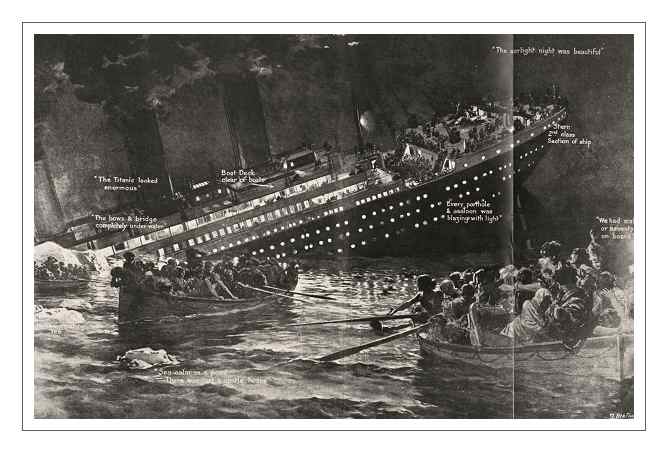
a post-war painting by Matania
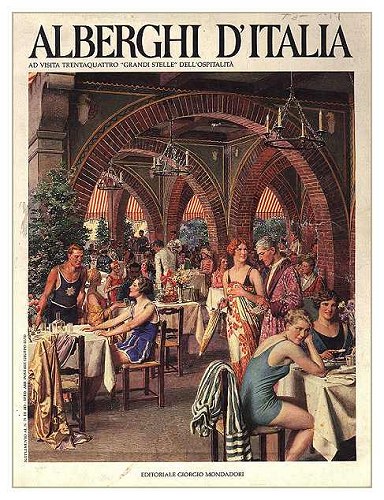

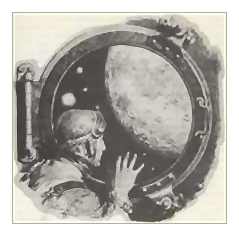
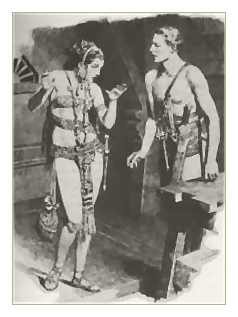
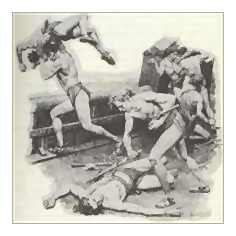


Fortunino Matania
2 Matania Illustrations as Cover Pages

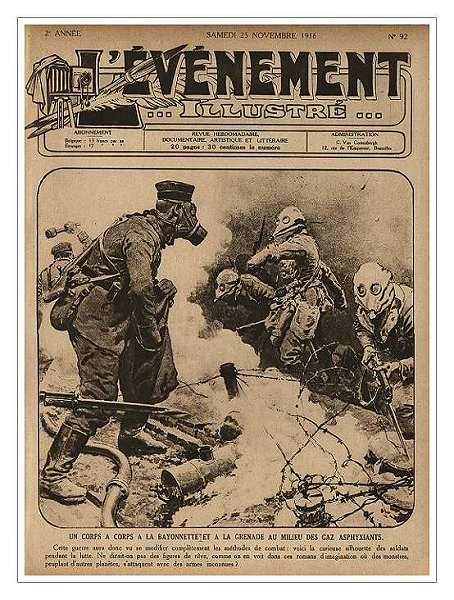
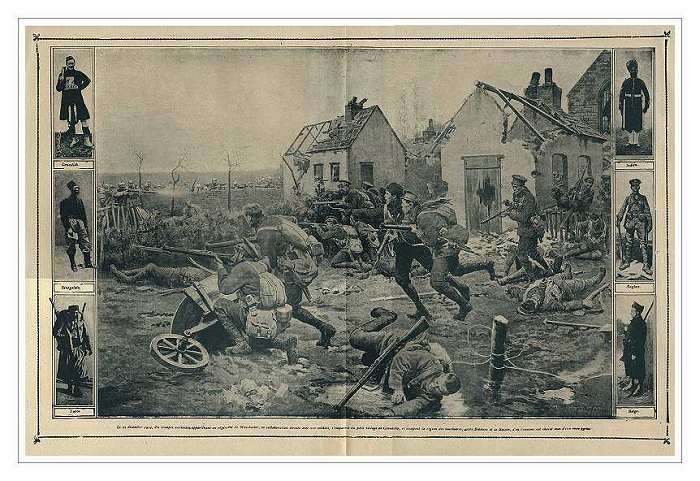
British Soldiers at la Bassée : a French Magazine Layout in 'Panorama de la Guerre'